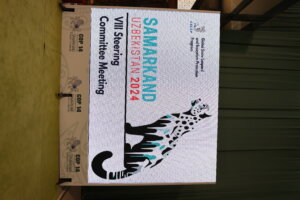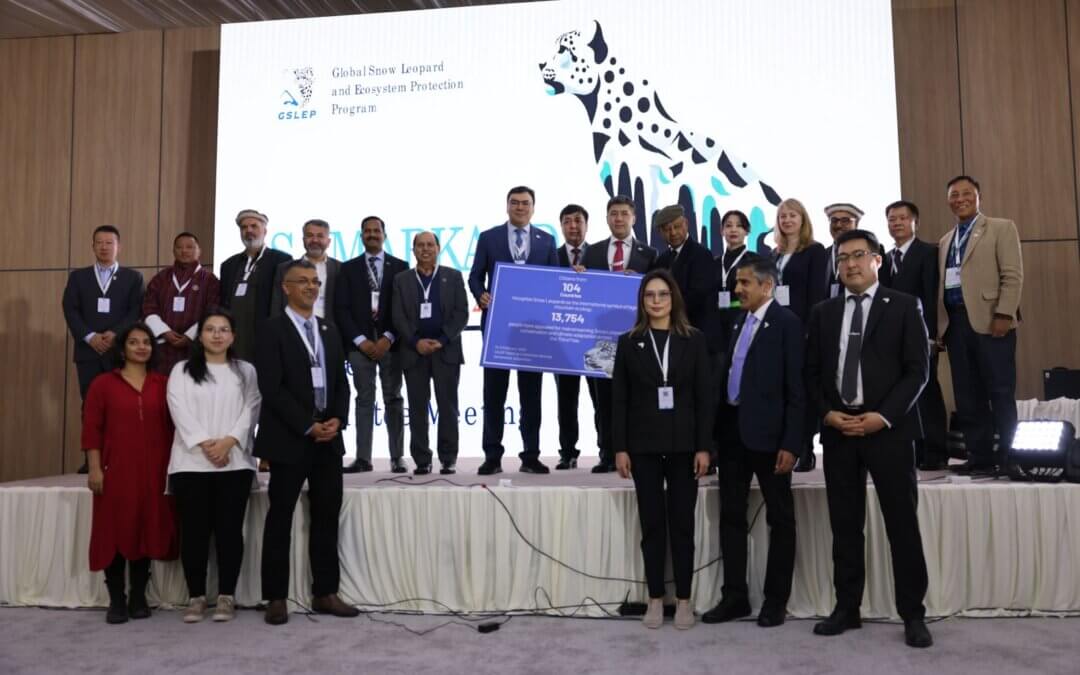On 10-11 February, 2024, the Government of Uzbekistan hosted the VIII Steering Committee Meeting of the Global Snow Leopard and its Ecosystems Conservation Programme (GSLEP), in Samarkand, where the snow leopard was recognized as a symbol of climate adaptation in the region. The GSLEP is an intergovernmental alliance which has united the 12 snow leopard range country governments for one goal: to protect the snow leopard, it’s mountain ecosystems, and local communities who share the same space. This meeting marked the 10th anniversary of the GSLEP programme, and was aptly hosted in the historic city of Samarkand which displays the snow leopard in its coat of arms.

Delegates from the snow leopard range countries, multilateral organizations, funding agencies, conservation organizations, and scientists attended the meeting, where country delegates reaffirmed their commitment to GSLEPs goals and provided updates of their actions in the past year toward securing snow leopard landscapes. The event commenced with a welcoming speech by Mr. Aziz Abdukhakimov, the Minister of Ecology, Environmental Protection, and Climate Change of Uzbekistan. He highlighted the importance of conserving the snow leopard and its ecosystems, not only from an ecological perspective but also as a cultural heritage.
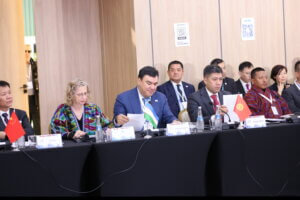
Mr. Melis Turgunbaev, the Minister of Ecology of Kyrgyzstan, called on the international community to focus on climate change adaptation programmes in Asia’s highlands, also referred to as as Third Pole, as it contains the most water on earth, in the form of glaciers, after the Artic and Antartic. Kyrgyzstan offered to host the next GSLEP Summit in Bishkek in autumn 2025.
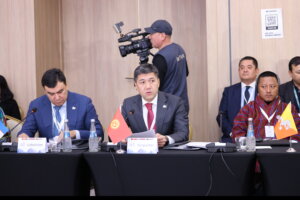
Dr. Charu Mishra, the Executive Director of the International Snow Leopard Trust (SLT), delivered an inspiring statement. He highlighted that snow leopards are an international symbol of high mountain ecology, recognized by citizens across 104 countries. He also shared that nearly 14,000 people have advocated for the integration of Snow Leopard conservation and climate adaptation across the Third Pole.
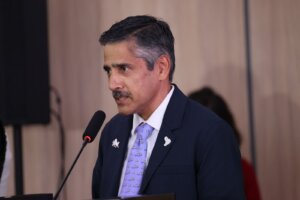

The meeting was attended by representatives from various organizations and institutions involved in snow leopard conservation. These included the International Snow Leopard Trust (SLT), the United Nations Environment Programme (UNEP), the World Wide Fund for Nature (WWF), and the Convention on the Conservation of Migratory Species of Wild Animals (CMS). The meeting saw participation from over 70 delegates from different countries.
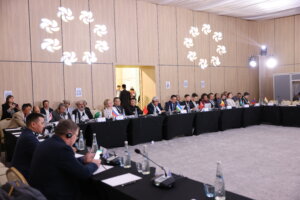
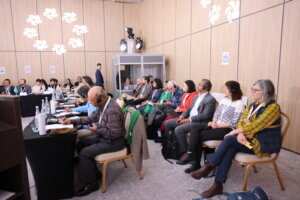
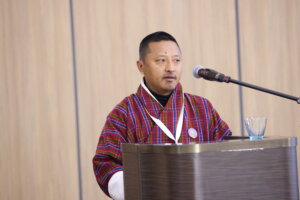
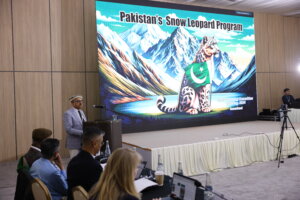
The impact of linear infrastructure on snow leopard habitats was also discussed by the meeting participants. A document has been developed for the GSLEP countries to aid decision-makers in considering and reducing threats from linear infrastructure through an integrated management approach.
The VIII Steering Committee Meeting concluded with the endorsement of the Samarkand Resolution (2024) for Snow Leopard Conservation and Climate Adaptation in Asia’s High Mountains at the CMS COP14 high-level segment.
The Samarkand Resolution, celebrates the 10th anniversary of the Bishkek Declaration (2013) and lauded commend the conservation efforts of range country governments, the GSLEP Secretariat, and partner organizations. It underscores the significance of the snow leopard in high mountain ecosystems and draws attention to the crucial role of the Third Pole in supplying freshwater to a third of the global population. The resolution advocates for immediate environmental measures to confront climate change and enhance the ecological resilience of indigenous peoples and local communities.
